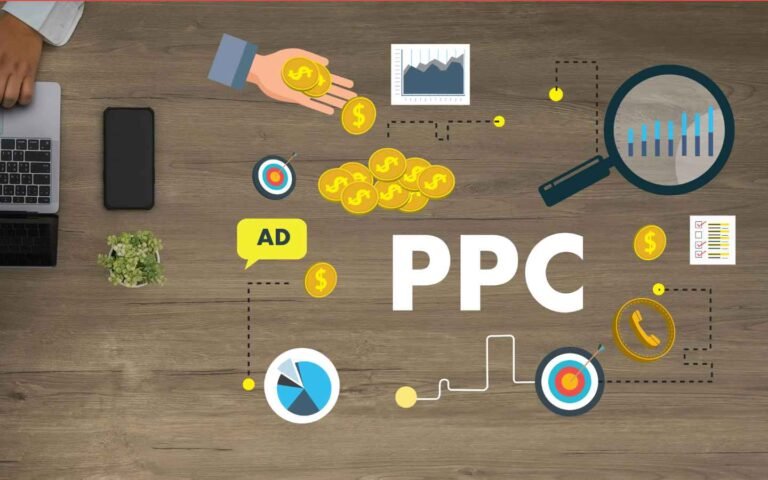On-Page SEO is considered the most important aspect of Search Engine Optimization. Why? Because it specifies what your website is all about! On-Page SEO is that captivating menu that attracts customers to the services you provide. If you fail to make the right impression with your menu, then it becomes hard to retain them.
What is On-Page SEO?
On-Page SEO also known as On-site SEO refers to everything that you do on your website to make it Search engine friendly. The goal of every website owner is to ensure that their website comes in topmost rankings of Google Search Result Page when a relevant search is made. This can be achieved only when you pick the right SEO strategy for your website.
On-Page SEO Techniques that can boost your Rankings
When we talk about On-Page SEO, there are numerous things that you need to take care of apart from the content on the website. From picking the right keywords to optimizing the URLs, title tags, adding links, etc., a lot goes into creating the right On-Page SEO strategy for your website. Below we will discuss all the On-Page SEO factors in detail:
Content Quality
Content is the King, no matter you adopt SEO or not, Content will always hold value on your website. If you have great content put up on your website, it will give an added advantage to you and you can even further optimize it with the right SEO. To make your content SEO friendly, keep a check on the following:
Use original, plagiarism-free content that talks business and is engaging. Don’t beat around the bush, know what you want to convey through your content, and make sure that it serves the purpose.
The content should meet the searcher’s intent. Look out for what your audience is searching for online and create your content accordingly. Well-researched content is likely to rank higher.
Optimizing Keywords
Optimizing your keywords forms the basics of an On-Page SEO strategy. While Google algorithm keeps on changing after every few months, keyword searching is an aspect that remains intact. Search engines still look for keywords in your content. Hence, before you build up your content, it is necessary to find what keywords related to your content are most searched. Using keywords in your content’s title, headings, and proportionately in the entire page is necessary if you want your content to rank. However, make sure that you do not flood your content with just keywords as that will turn negative for your content.
Title Tags and Meta Descriptions
Search Engines, when crawling your website, need to know what your content is all about. You can ease the task for them by smartly using them in the title of your page. While it is not that Search Engines will stop their search just on the title, it is necessary to let them know at the very start what your content is all about. As a part of an effective On-Page SEO technique, try to use your keywords at the very start of the Title of your page. Use numbers and power words like amazing, best, etc., if possible, in your title as they increase the interest of the readers. Also, try keeping your title short as search engines have a limit to the number of characters for the title. After 60 characters, your title will get clipped.
Meta Descriptions are short descriptions that accompany the page title on Google Search Result Pages and tell the readers what your content is about. Make sure that you use the right keywords in the description and make them convincing enough that the users click through it.
URL Structure
Like Page Titles, URLs also form an important part of On-Page SEO. Hence, you must keep an eye on the URL of your webpage. An ideal URL for a great SEO is considered to be short and that contains your target keyword. While when you create a webpage, its URL gets created automatically but you can still edit some part of it beyond the domain name. This editable part of your URL is called a slug. The URL structure should exhibit the actual structure of your website. You can organize it better by grouping your pages under different categories which makes it easier for search engines and users to identify.
SEO Images and ALT Text
Images are always great for your content. The right images when inserted into your content increase the readers’ interest and make it easier to understand. However, search engines do not understand the images, and adding a lot of images might increase the loading time of your page. This is when you can use ALT Text. ALT Text lets you describe your image with the help of which search engines understand what your image is about. Use descriptive titles for your images. You can also optimize the size of your images for better page loading time.
Internal and External Links
Another great way to optimize your On-Page SEO is to add links to your pages. There are two types of links that can be added to your pages:
- Internal Links
- External Links
Internal links are the links that point to another location or page on your website. Adding Internal links to your pages lets search engines know what more content is provided by you and how it can be helpful. Also, adding links might further increase the time spent by users on your website. If they find your content relevant and interesting they may click on other links as well and go through the content.
External links on the other hand are the links that point to any other page on the internet, which is outside your domain. These do not do much for your website’s SEO but let search engines know that your content is related to some quality information available on the web. You can also let the linked page owners know that you are adding links of their website which might help you gain some backlinks as well.
Page Performance
Your website’s loading speed is important for your SEO. Search Engines identify it as an important part of On-page SEO and it directly affects your ranking on Search Result Pages. Google is investing a huge amount in researching ways to increase web speed and if your website takes ages to load then it would not find a place amidst the top pages. Further, the loading speed might also hamper the user’s interest in your content and they might switch to other options available leading to an increase in bounce rate which will adversely affect your website’s credibility.
User Engagement
Google keeps track of clicks that your website gets, the time people stayed on your website, and the other actions taken by users on your website. Hence, it is very important that you provide quality content on your webpage that keeps users on your webpage for longer and do what you intended them to do. If they do not stay for long or check other sites quickly that means your content is not of good quality which will directly hamper the ranking of your webpage.
Mobile Usability
Mobile user interface can also be considered as a tool to optimize your On-Page SEO strategy. If you want to get more traffic to your website then it is necessary to follow the current trends. As per some researches conducted, today most of the searches are done via mobile compared to laptops or desktops. Hence, if you wish to get traffic make sure that your website is mobile-friendly and has a responsive design. The more traffic you get the better will be your ranking.
So, these were some of the techniques that can help you optimize your On-Page SEO. While you must focus on both On-page and Off-Page SEO to get better rankings, On-Page SEO is the very first thing that you should start with. It is better to first create a qualified content and page and then ask for links rather than doing the opposite. Remember, structured content is what everyone is looking out for.







